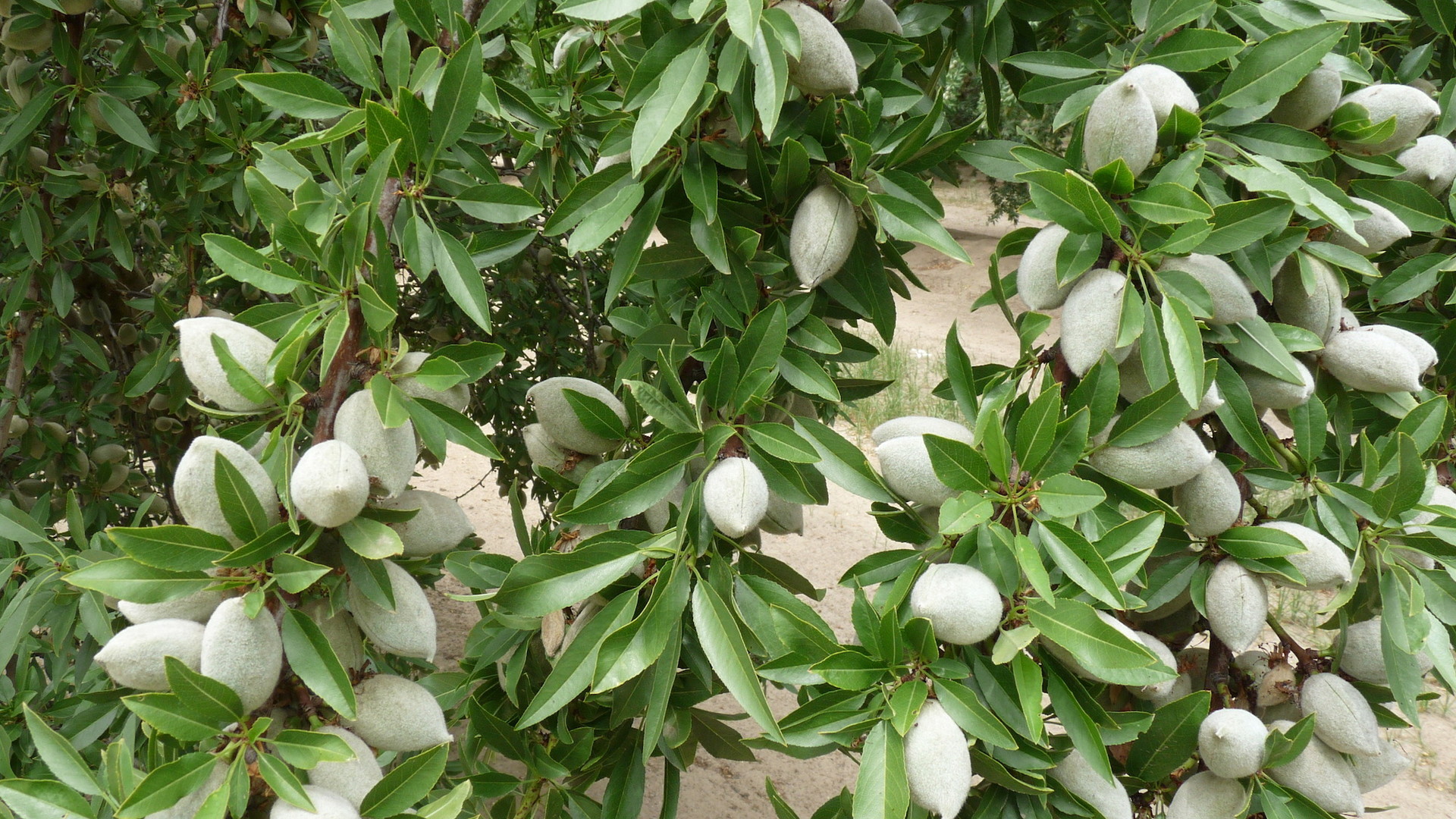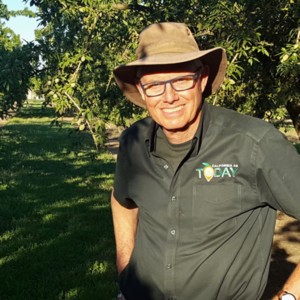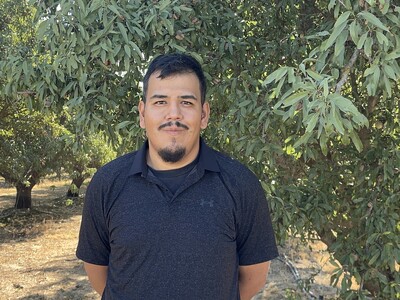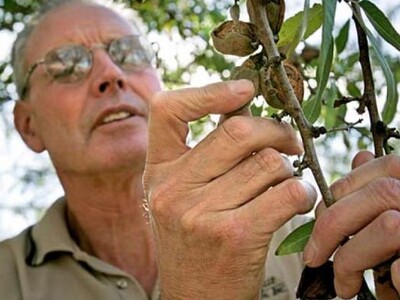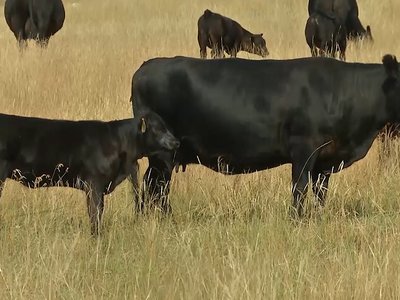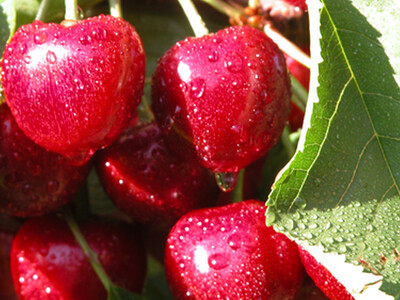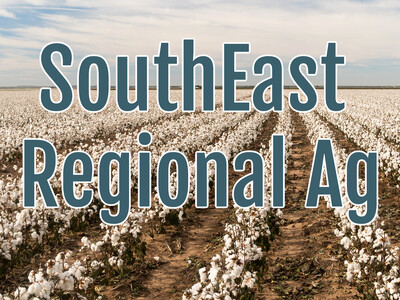Almond Hull Split Could Come Early This Year, and Navel Orangeworm is Waiting
This season’s almonds had a very uniform bloom, and there was a heavy crop and that could lead to potential problems with navel orangeworm. Joel Siegel is a USDA ARS entomologist based in Parlier, Southeast of Fresno.
“People are predicting a 3 billion pound crop this year. So with that, people should realize that if the crop is heavy, the trees are under more water stress. So living can happen earlier,” he said.
He's talking about hull split, which makes that nut vulnerable to navel orangeworm.
“Because the trees are stressed. So we were playing around with the 1%, hull split model, and it was looking for like the Modesto area it was predicting about July 2nd. That would be 1%. So you have to figure that with the heavy crop, if you have water stress, hull split could start, three or four days earlier,” noted Siegel.
Siegel’s recommendation, “Certainly by the middle of June, they need to have their orders in and their insecticide on hand. They need to be checking their spray rigs or, really firming up the details if they are contracting spraying. And that if it was me, I would be increasing my scouting on the margins of my orchard, certainly by June 20th, probably from June 15th on, looking for early splits and making a decision whether they want to treat the orchard margins or not,” Siegel explained.


